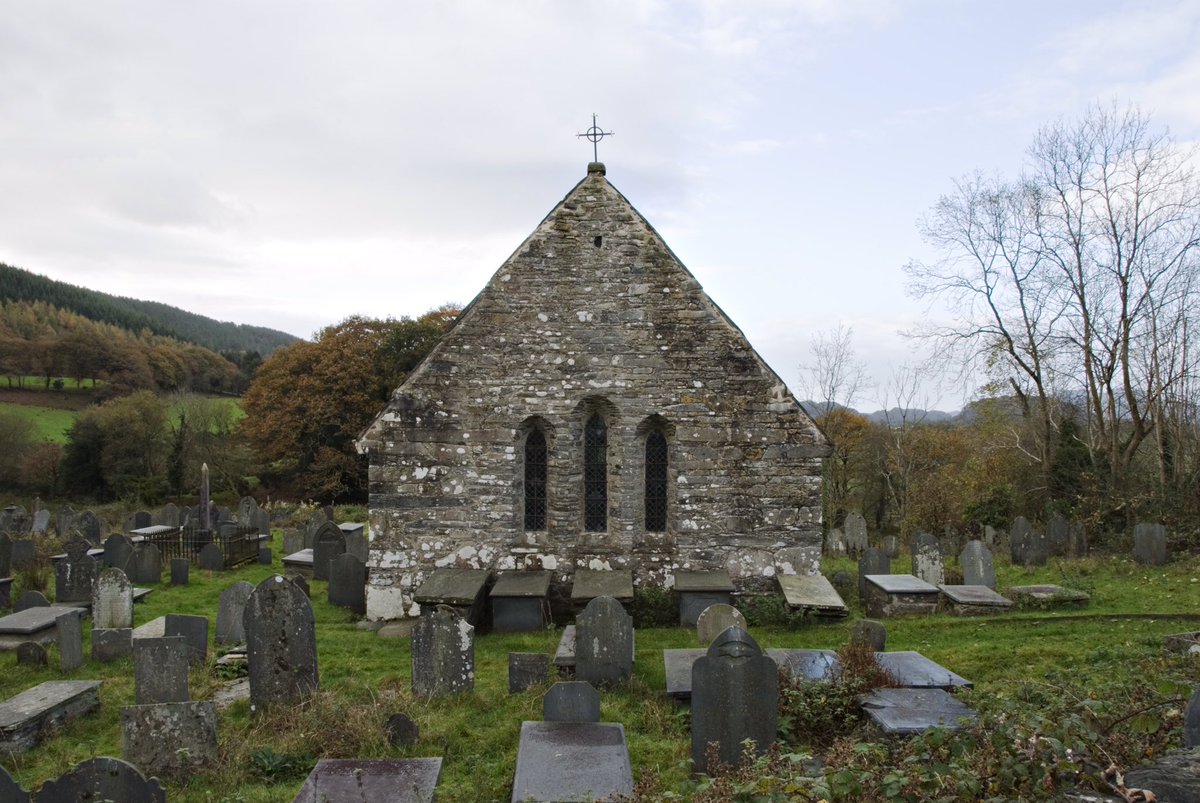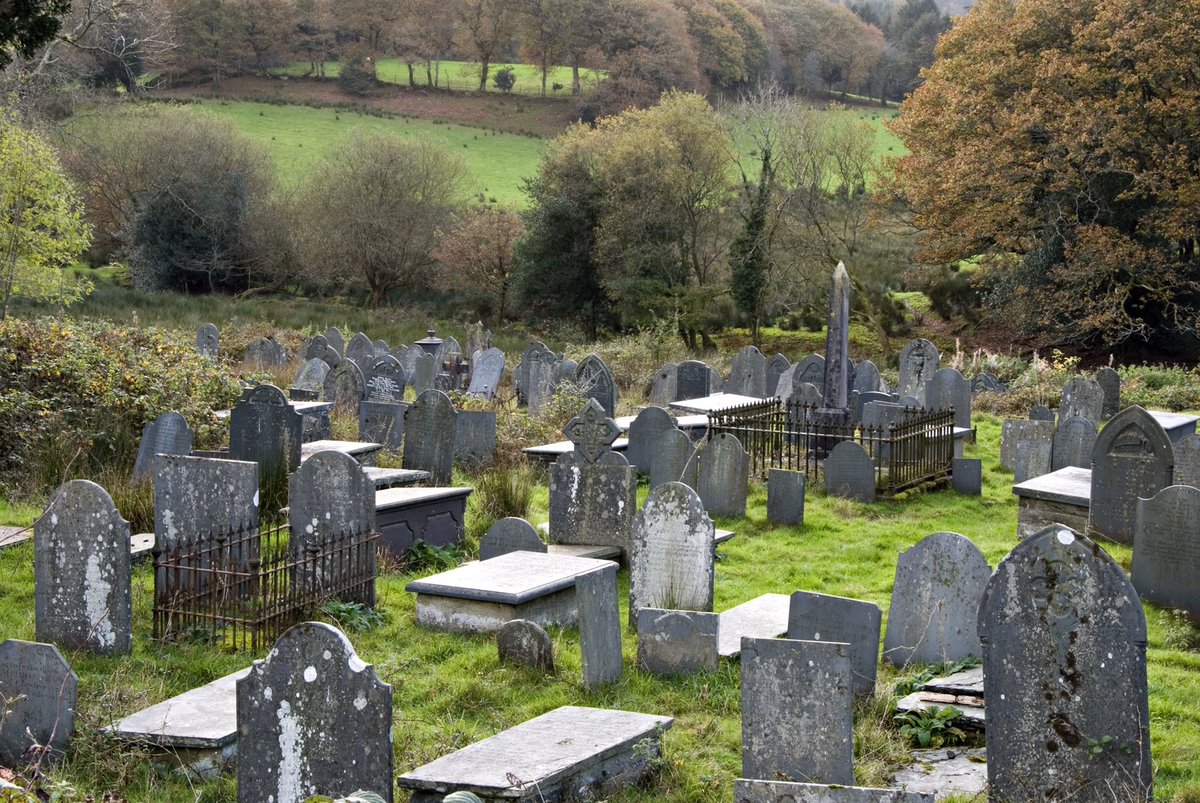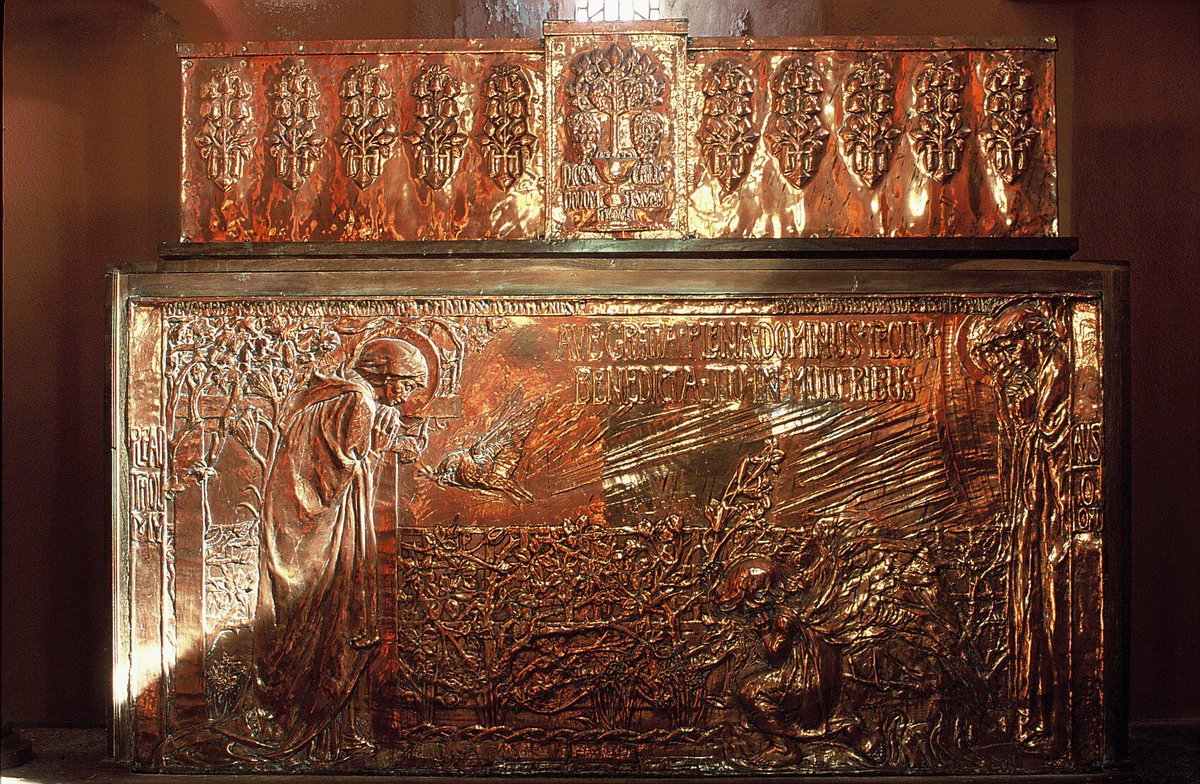
The Gloucester Candlestick is an extraordinary survival. Dating from 1104-13, it’s a masterpiece of English metalwork, a gilt tangle of beasts clambering, clawing through fleshy foliage, struggling “to reach the light or sink into the darkness below”...
#thread
#thread

Incredibly, an inscription on the stem of candlestick clearly indicates its provenance: ‘The devotion of Abbot Peter and his gentle flock gave me to the Church of St Peter of Gloucester’. Peter was the abbot of the Benedictine Abbey in Gloucester in the early 12th century.
2/8
2/8

However, somehow, Abbot Peter’s candlestick ended up in the treasury of Le Mans Cathedral, France. There are several points when it could’ve made its journey: the Abbey was destroyed by fire in 1122, was the candlestick stolen?
3/8
3/8

About a decade later the Abbey was heavily looted. And at the end of century, the Abbey had to sell its silver in order to pay taxes… Was the candlestick one of the items sold?
4/8
4/8

The candlestick was brought to @V_and_A in 1861. Originally one of a pair, today only one survives. @GlosCathedral have embarked on an exciting project to create replicas of the candlestick using 3D printing.
5/8
5/8

The replicas will be created by building up aluminium powder layer-by-layer using. They will then have a layer of gold leaf applied.
6/8
6/8
We administer the Cottam Will Trust – a trust which funds new art in churches. We are delighted to offer a grant of over £5,000 towards this project, and can’t wait to see the candlestick return (in some form!) to Gloucester after 800 years.
7/8
7/8

You can read more about the project here: gloucestercathedral.org.uk/visit/archives…
And about the candlestick here: m.vam.ac.uk/collections/it…
All images (c) @V_and_A
8/8
And about the candlestick here: m.vam.ac.uk/collections/it…
All images (c) @V_and_A
8/8
• • •
Missing some Tweet in this thread? You can try to
force a refresh

















